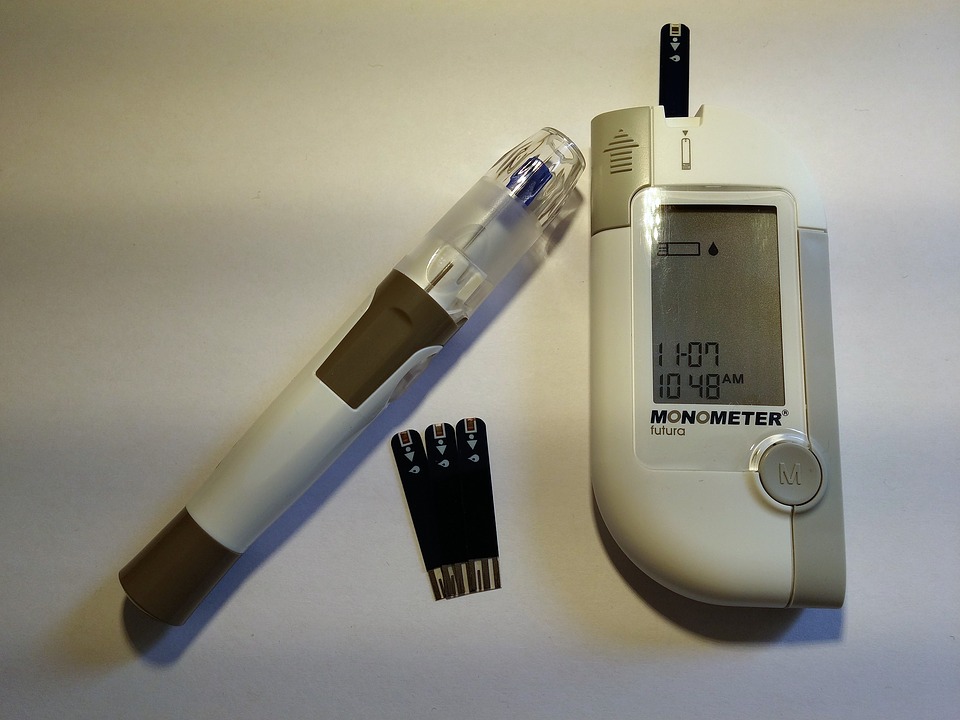
An estimated 25 percent of people older than 65 have type 2 diabetes, a condition in which the body cannot produce enough insulin to effectively manage blood sugar. Insulin plays an important role in the brain, and people with prediabetes and diabetes are at increased risk of Alzheimer’s disease and cognitive decline. Delivering insulin to the brain intranasally – atomized and sprayed through the nose – has been shown to improve verbal memory and has emerged as a potential treatment for cognitive decline in the elderly.
Now, a team of scientists at Beth Israel Deaconess Medical Center (BIDMC) have assessed the long-term effects of intranasal insulin (INI) on cognition and on gait in people with and without type 2 diabetes mellitus. MemAID, a phase 2 randomized controlled clinical trial, provided evidence that intranasal insulin increased the walking speed, increased cerebral blood flow and decreased plasma insulin in participants with type 2 diabetes, while it improved decision making and verbal memory in trial participants without the disease and those with pre-diabetes. The findings, published in the Journal of Neurology, suggest intranasal insulin should be further tested for its possible utility as a treatment for type 2 diabetes as well as a treatment for age-related functional decline.
“Walking speed is an important clinical predictor of well-being in the elderly that correlates with cognitive decline, hospitalizations, disability and death,” said corresponding author Vera Novak, MD, PhD, of the Department of Neurology at BIDMC and an associate professor of neurology at Harvard Medical School. “At baseline, participants with diabetes walked slower and had worse cognition than the participants without diabetes, who served as a clinical reference for normal aging population.”
Novak and colleagues at BIDMC and BWH enrolled 223 participants ages 50 to 85-years-old with and without diabetes, and assessed their normal and dual task walking speeds, attention, memory and executive function and mood using a battery of validated tests. Half of the participants with diabetes (n=51) and half without diabetes (n=58) were treated with insulin, delivered intranasally via an electronic atomizer once daily. A double blinded trial, the other participants were given an inactive placebo (sterile saline) that was also delivered intranasally.
After 24-weeks of treatment participants with diabetes who received INI had faster walking speeds during treatment and post-treatment than participants with diabetes who received placebo. The INI-treated participants with diabetes also demonstrated increased cerebral blood flow in the frontal lobe, and lower plasma insulin and insulin resistance compared to the placebo group, while the INI-treated participants without diabetes showed improved decision making and verbal memory. Combined, the INI-treated participants both with and without type 2 diabetes demonstrated faster walking and better executive functioning and memory, with those with pre-diabetes showing the most marked improvements in decision making and verbal memory.
“The consistency of the trends in the data showing better performance on walking speed and cognition for INI-treated participants, especially in those with pre-diabetes, carries great implication for potential early intervention using INI in this population to prevent or slow down the progression toward Alzheimer Disease’s related dementias,” said Long Ngo, PhD, senior author of the study and co-director of Biostatistics Division of General Medicine at BIDMC , as well as associate professor of medicine and biostatistics at Harvard Medical School, and Harvard T.H. Chan School of Public Health. “With 96 million adult Americans, and increasing number of younger people having pre-diabetes, this finding on the beneficial effect of INI deserves more attention and definitive confirmation in a larger trial.”
The treatment was not associated with any serious or moderate adverse events. Intranasal insulin treatment was safe in participants with type 2 diabetes treated with subcutaneous insulins.

